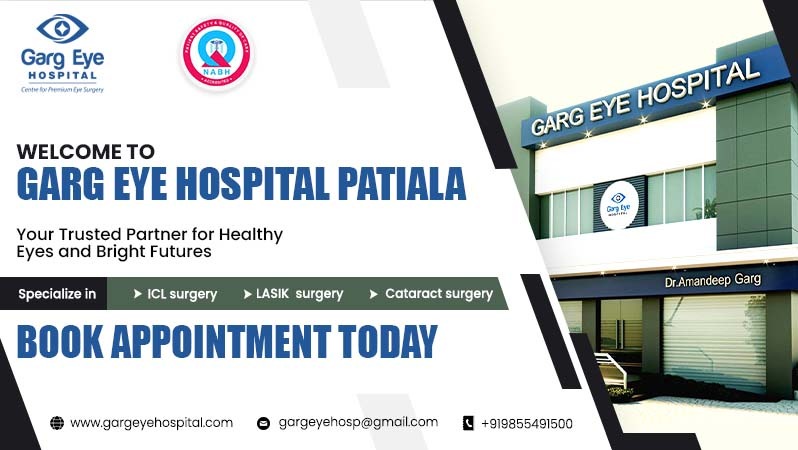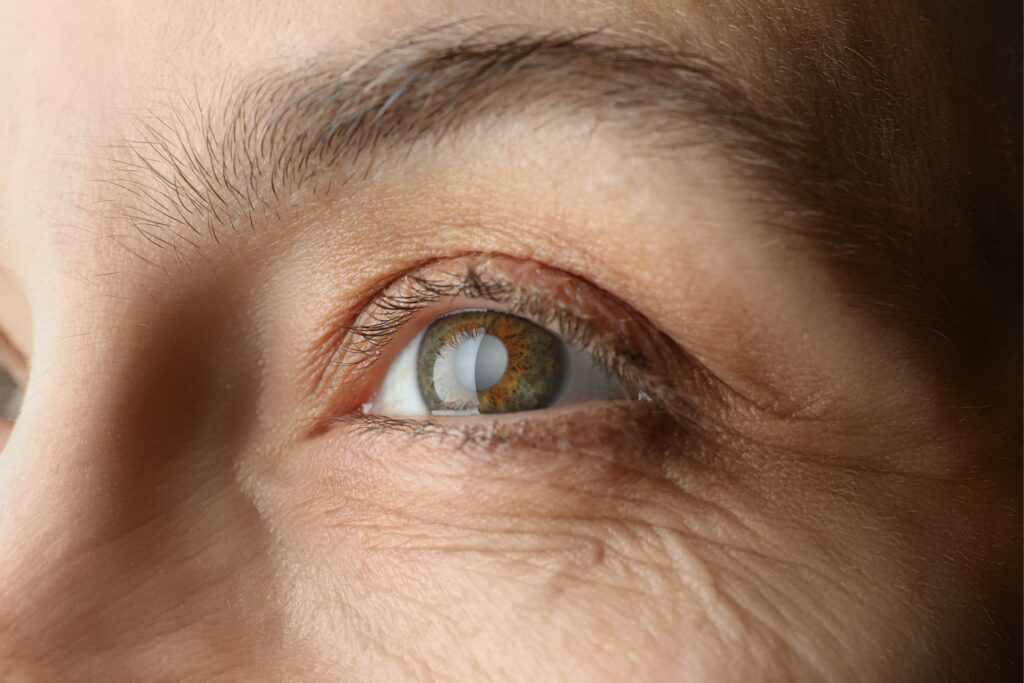- Open Hours: Mon-Sat 9:15 am - 6:30 pm
- +91 9855491500
- gargeyehosp@gmail.com
Cataract Surgery With Glaucoma: Is It Safe?
Cataract surgery shown to independently decrease intraocular pressure (IOP), which may help patients with frequent cataracts and glaucoma to control their IOP better. It makes it difficult for patients to choose whether to have cataract surgery only or cataract surgery with glaucoma surgery together.
To help doctors get the best cataract surgery in glaucoma patients, it is important to compare the potency of these two approaches.
Table of Contents
ToggleWhat is a Cataract?
We all know that our eyes’ naturally clean lens helps in focusing light so we can see clearly or properly. Also, you should be aware that the lens gets foggy as we age. Things appear fuzzy, drab, or less vibrant. We use the term Cataract for this situation.
Many of us acknowledge that a cataract problem can only be removed through surgery. In other words, your doctor replaces the eye’s clouded natural lens with an artificial intraocular lens after removing the original lens (IOL).
What is Glaucoma?
Now, let’s see what is Glaucoma. So, Aqueous humor, the eye’s natural fluid, does not drain from the eye as easily when you have Glaucoma. The drainage angle, where the fluid comes from the eye, is blocked. The addition of fluid raises ocular pressure. That pressure damages your optic nerve.
How to cure cataracts in the eyes with Glaucoma?
The two most common eye conditions that are used all over the world are cataracts and Glaucoma. As people age, both diseases become increasingly prevalent. Glaucoma is most common among those who have cataracts. Your doctor may prescribe combined cataract-glaucoma surgery if a cataract creates a problem to see clearly and your eye pressure is not that place where it should be despite medicine or laser treatment.
How Does Glaucoma Affect Vision
Glaucoma is a group of eye diseases, most of which occur due to excess pressure around the optic nerve. When pressure is too high, mainly due to the removal of fluids inside the eye, the nerve cannot continue to be healthy, which can lead to vision problems. Most forms of glaucoma begin with the loss of peripheral vision and slowly erode the entire field of vision. If the condition increases far enough, you have to suffer from blindness.
Cataract And Glaucoma Combined Surgery
Your eye doctor examines you properly. They do all your tests and prescribe you the most effective treatment according to your condition. The motive of your visit to the ophthalmologist is to get a treatment plan that will help your eyesight the least while still giving you the best chance of improvement possible.
- The risks that occur with anesthesia are reduced by half because it only needs to be examined once.
- If the glaucoma surgery is successful, you may be able to decrease the dose or even stop the medicine that you intake.
- There is a small but real risk that your eye pressure will suddenly rise after cataract surgery. Most cases of elevated intraocular pressure can be avoided by having glaucoma surgery.
- To save money these two separate processes combined into one. If the glaucoma surgery is successful, you won’t have to take any glaucoma medication at all, which is a significant cost saving.
Who Should Not Go For Combined Surgery?
Glaucoma needs to be treated even though a cataract is not affecting vision. In these situations, your doctor suggested doing glaucoma surgery first and postponing the cataract surgery.
In some situations, Glaucoma is recovered on its own without any surgery, but cataracts impair vision. Cataract surgery with or without MIGS (Glaucoma controls with stents/implants) may be the best choice in these circumstances.
Other people suffer from narrow- or closed-angle Glaucoma in addition to cataracts, so they need to get cataract surgery for narrow-angle glaucoma. The iris (the colored portion of the eye), which is pushed too far forward in this form of Glaucoma, prevents fluid from leaving the eye. This increases the eye pressure. This particular Glaucoma can worsen due to a cataract. Without glaucoma surgery, ocular pressure may lowered once the cataract is removed. When the bulky cataractous lens is removed, the narrow-angle may open, improving glaucoma control.
Risk Factors and Signs of Glaucoma
Anyone can be affected by glaucoma, but there will be a great risk for those whose age is 60 and above, particularly for those who have some family or some medical history, people of African American or Hispanic descent, and those with eye injuries or high nearsightedness.
Because glaucoma develops slowly, patients typically show no sign of symptoms in the early stages of the disease. By the time patients realize they have vision problems, the damage is irreversible.



